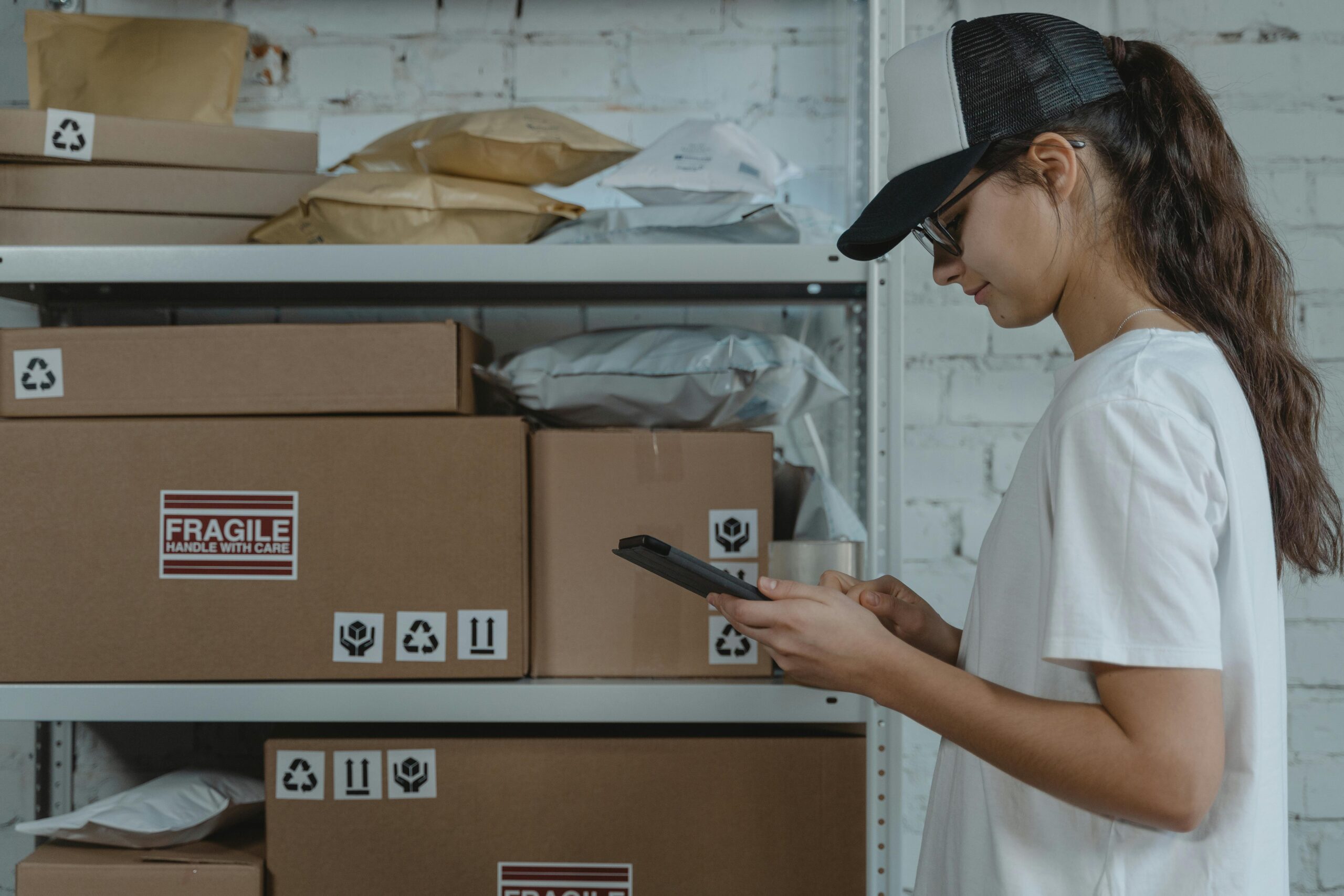In the background of your online store, something is always watching.
Not just analytics.
Not just retargeting pixels.
Bots.
From automated customer service tools to AI-driven pricing engines — from inventory scalpers to fake review generators…
Bots shape the digital shopping experience in ways most consumers never see.
And for brands?
They’re both an asset and a threat.
In this guide, we’ll explore:
- What bots really do in modern retail
- How they help (and hurt) online stores
- Real-world examples from Shopify to Amazon
- And what psychology says about trust in bot-assisted commerce
Let’s dive into The Unseen World of Bots in eCommerce — and why understanding them might be the difference between growth and loss.
What Are Bots in eCommerce?
A bot , short for robot , is any software that performs automated tasks over the internet.
In the world of online retail, bots are everywhere:
- Chatbots answering FAQs
- Review bots inflating ratings
- Price bots adjusting offers in real time
- Inventory bots snapping up limited drops
- Marketing bots personalizing emails
Some serve customers.
Others serve sellers.
And some serve no one but their own agenda.
Because in digital commerce…
Not all bots are built for good.
Why Bots Are Quietly Reshaping Online Retail
According to Adobe Digital Economy Insights , over 30% of web traffic on major retail sites comes from bots — both benign and malicious.
That means:
You’re not just selling to humans anymore.
You’re navigating a landscape where:
- Some bots buy faster than people
- Others manipulate perception
- And a few quietly steal value from your brand
So whether you run a Shopify store, sell on Amazon, or manage a TikTok Shop…
Understanding bots is essential.
Because they don’t just influence traffic.
They influence trust.
5 Ways Bots Help Your Store Grow
Let’s start with the good.
Here’s how bots can be powerful allies — not just distractions.
1. Chatbots That Improve Customer Experience
Modern shoppers expect instant support — and chatbots deliver it.
They handle:
- Order tracking
- Product recommendations
- Returns processing
- FAQ responses
With platforms like Tidio , Intercom , and Shopify Magic , you can automate customer service — without sacrificing warmth.byug
2. AI-Powered Pricing Tools That Maximize Profit
Tools like Prisync , Competera , and Price2Spy adjust prices based on competitor behavior, demand, and seasonality.
This helps brands:
- Stay competitive
- Avoid underpricing
- Optimize margins automatically
Without needing manual oversight.
Because in fast-moving niches like fashion and electronics…
Timing beats guessing.
3. Inventory Bots That Prevent Stockouts
Smart inventory management systems use bots to:
- Track supply chain delays
- Predict demand spikes
- Reorder products before they sell out
This reduces lost sales — and keeps customer expectations aligned with reality.
Especially for dropshippers and print-on-demand brands, these bots are game-changers.
4. Retargeting Bots That Keep Shoppers Engaged
Retargeting bots like those used by Meta Ads , Google Display Network , and AdRoll follow users who didn’t convert — then remind them gently.
Instead of pushing hard…
They pull subtly.
And studies show that retargeted ads convert 70% more often than cold ones.
5. Data Bots That Build Better Buyer Personas
Behind every successful store is data — and bots help gather it at scale.
They track:
- Browsing habits
- Cart abandonment patterns
- Time spent on product pages
- Device preferences
- Geographic trends
Then feed insights back into your strategy — helping you make smarter decisions.
Because in digital commerce…
Knowing your audience beats guessing every time.
5 Ways Bots Can Secretly Harm Your Brand
Now for the bad news.
Some bots don’t help your business — they exploit it.
Here’s how they can damage your store — if you’re not paying attention.
1. Scalper Bots That Steal Limited Drops
These bots buy limited-edition products in seconds — leaving real buyers empty-handed.
Used heavily in sneaker drops, NFTs, and even skincare launches — they distort demand and create artificial scarcity.
Example:
A $200 shoe sells out in 10 seconds — only to appear resold for $800 on eBay.
If you’re a brand trying to build loyalty…
That kind of manipulation hurts long-term trust.
2. Fake Review Bots That Mislead Buyers
Many low-end marketplaces use bots to generate glowing reviews — making poor-quality products look trustworthy.
Why does this matter? Because when bots fake authenticity…
Real brands suffer.
And once trust erodes in a category — everyone pays the price.
3. Phishing Bots That Steal Customer Info
Automated messages pretending to be from your brand can trick users into sharing:
- Email addresses
- Credit card details
- Passwords
These phishing attempts damage reputation — and open the door to legal exposure.
Because once a bot steals from your audience…
Your brand gets blamed.
4. Price Manipulation Bots That Confuse Customers
Some bots inflate prices during high-demand periods — or hide behind affiliate links to redirect traffic.
Result?
- Confused buyers
- Lost conversions
- Lower perceived value
Which means:
Even if you set the right price — someone else might change it before your customer sees it.
5. Comment Bots That Flood Social Media
On TikTok, Instagram, and Facebook, bots post generic comments like: “This changed my life.”
“Where did you find this?”
They aim to boost engagement artificially — and manipulate algorithmic visibility.
But real brands lose credibility when audiences realize the energy isn’t authentic.
Because in digital marketing…
Authenticity beats automation — especially when trust is at stake.
Real-Life Examples: When Bots Made (or Broke) the Sale
Let’s break down real cases where bots helped — and harmed — online businesses.
The Shopify Store That Used AI to Reduce Abandonment
A skincare brand integrated Shopify Magic to personalize cart suggestions and send warm reminders after browsing.
Result:
- 25% increase in completed purchases
- Higher average order value
- Improved customer satisfaction
💡 Why It Worked: AI bots were used to enhance user experience — not replace human touch.
The Influencer Who Got Ghosted by Bot Engagement
An influencer promoted a new product — and watched her metrics skyrocket.
But weeks later, she realized:
- Many likes came from bots
- Comments weren’t organic
- Conversions were lower than expected
She said:
“I was chasing numbers — not real interest.”
💡 Why It Failed: Artificial engagement misled her into scaling too fast — and investing in a campaign that never truly landed.
The Sneaker Drop That Scaled Too Fast — Then Failed
A small footwear brand launched a limited release — only to watch it sell out in seconds.
Turns out, scalper bots had purchased nearly all units — and resellers flooded the market.
Customers felt cheated.
Brand reputation took a hit.
Sales dropped for future drops.
💡 Why It Backfired: They didn’t anticipate bot interference — and paid the price.
How to Protect Your Store From Harmful Bots
Want to use bots wisely — and block the dangerous ones?
Here’s how to stay ahead.
1. Use Bot Detection Tools
Integrate services like:
- Cloudflare Bot Management
- PerimeterX
- Distil Networks
These help identify harmful activity — and protect your site from abuse.
2. Secure Your Checkout With CAPTCHA or Login Requirements
While frictionless checkout matters — so does security.
Use soft CAPTCHA or require login before purchase to reduce scalper bot access.
3. Monitor Reviews for Authenticity
Use tools like:
- Fakespot
- ReviewMeta
- Trustpilot integrations
To flag suspicious feedback — and keep your listings honest.
4. Track Traffic Sources Carefully
If your traffic looks inflated — check referral sources.
Are visitors coming from:
- Known domains?
- Suspicious regions?
- High bounce rates?
That’s a sign of bot traffic — not real interest.
5. Educate Your Team on Bot Behavior
Make sure your customer support, marketing, and tech teams understand:
- Bot-driven fraud
- AI-generated content
- Real vs. synthetic engagement
Because awareness is the first line of defense.
Frequently Asked Questions (FAQ)
Q: Are all bots bad for eCommerce?
A: No — many improve efficiency, reduce labor, and enhance customer experience.
Q: Do bots affect conversion rate?
A: Yes — both positively and negatively. Good bots help; bad bots harm.
Q: Should I worry about fake reviews?
A: Absolutely — they distort perception and hurt long-term trust.
Q: Can bots steal my inventory before real buyers get it?
A: Yes — especially in high-demand niches like sneakers, beauty, and collectibles.
Q: How do I know if a visitor is a bot?
A: Look for:
- High bounce rate
- No engagement
- Repetitive behavior
- Suspicious IP activity
Final Thoughts
Bots aren’t going away — and neither are their effects on your brand.
Because in the unseen world of digital commerce…
Some bots lift you up — while others drag you down.
So next time you launch a product or promote a sale…
Don’t just focus on the message.
Ask yourself:
Who am I reaching — and who’s reaching me?
Because the best brands aren’t just seen — they’re protected.
And sometimes, the strongest move in online retail…
Isn’t just selling smarter.
It’s blocking bots before they strike .










